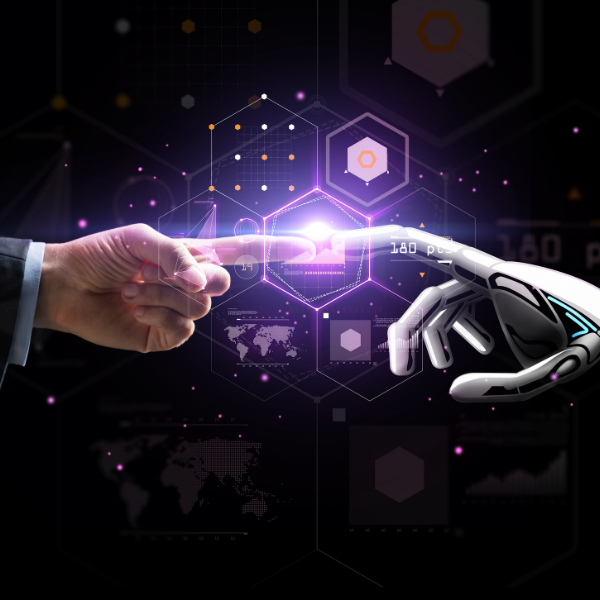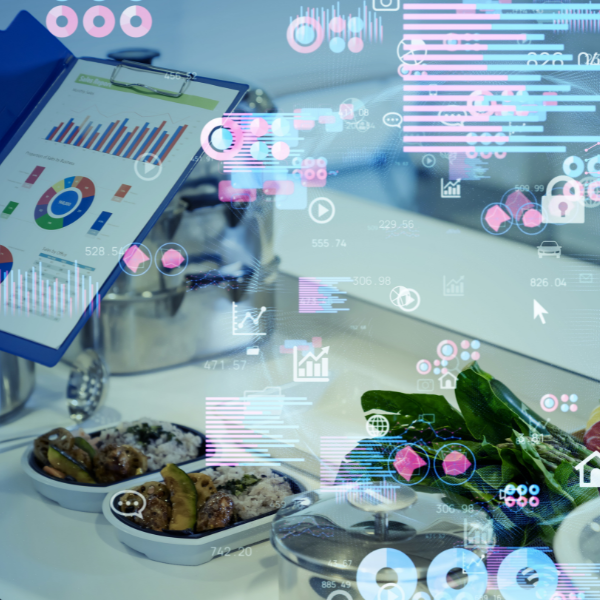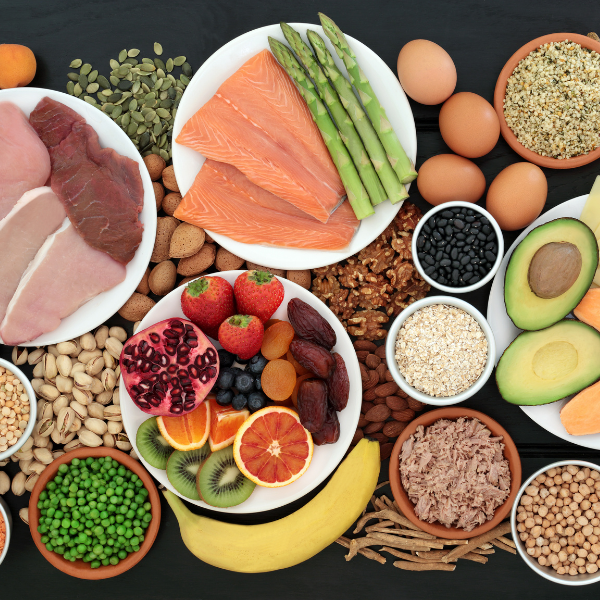The foodservice industry is undergoing a significant transformation with the advent of Artificial Intelligence (AI). From streamlining operations to enhancing customer experiences, AI is changing how food establishments operate. In this article, we explore the 10 ways AI is revolutionizing the foodservice industry and how it can benefit businesses in this sector.
1. Smart Menu Optimization
AI-powered algorithms can analyze customer preferences, purchasing patterns, and external factors like weather conditions to optimize menus. By leveraging this technology, foodservice businesses can offer personalized recommendations, create dynamic menus, and adjust prices based on demand, ultimately enhancing customer satisfaction and increasing revenue.
2. Efficient Inventory Management
Efficient inventory management encompasses various strategies, and one valuable tool that can greatly contribute to this process is the implementation of food rotation labels. By integrating these labels into the inventory system, businesses can ensure that older stock is used before newer stock, following the “first in, first out” (FIFO) principle. AI systems can leverage data from these labels, historical data, current trends, and external factors, to accurately track the age of products and predict their remaining shelf life. This information enables businesses to make informed decisions about stock rotation and replenishment, minimizing the risk of expired or wasted products and optimizing stock levels. Ultimately, this approach reduces food wastage and leads to cost savings, streamlined operations, and improved efficiency in inventory management.

3. Enhanced Customer Experience
AI chatbots and virtual assistants are transforming customer interactions in the foodservice industry. These intelligent systems can handle inquiries, process orders, and provide personalized recommendations, leading to faster response times and improved customer satisfaction. Additionally, AI-powered voice assistants can facilitate hands-free ordering, enabling a seamless dining experience.
4. Streamlined Operations
AI can automate various operational tasks, such as order management, reservations, and billing. For example, AI-powered systems can analyze customer data to predict peak hours, enabling businesses to allocate resources efficiently. Automated billing systems can also eliminate human error and save time for staff, allowing them to focus on providing better service to customers.
5. Precision Food Preparation
In addition to the automation capabilities provided by AI-enabled robots and machines in the foodservice industry, the utilization of portion scoops can further enhance their effectiveness in repetitive and precise tasks. Portion scoops are specialized tools designed to measure and dispense consistent amounts of food, allowing for precise portion control. By integrating portion scoops into the automated processes, robots can ensure uniformity in food assembly and garnishing, maintaining consistent portion sizes for each dish. This enhances the quality and presentation of the food and contributes to cost savings by reducing ingredient waste. Moreover, portion scoops help minimize the risk of contamination by eliminating the need for direct contact with food, ensuring a hygienic and safe food preparation environment. By combining the capabilities of AI-enabled robots and machines with the precision and consistency provided by portion scoops, businesses in the foodservice industry can achieve higher levels of efficiency, reduce labor costs, and deliver a superior dining experience to their customers.

6. Data-Driven Decision-Making
AI algorithms can process vast amounts of data, providing valuable insights to foodservice businesses. By analyzing customer feedback, sales patterns, and other relevant metrics, AI can help restaurants make data-driven decisions regarding menu changes, pricing strategies, marketing campaigns, and even expansion plans.
7. Enhanced Food Safety And Quality Control
AI-powered systems can monitor food safety parameters in real time, ensuring compliance with regulations and preventing contamination. For example, sensors can detect temperature variations in refrigeration units, alerting staff to potential issues before they compromise food quality or safety. AI can also analyze customer feedback to identify quality control issues and address them promptly.
8. Personalized Marketing And Loyalty Programs
AI can help foodservice businesses create targeted marketing campaigns based on customer preferences and behavior. By analyzing data from loyalty programs, online reviews, and social media, AI algorithms can identify trends, predict customer needs, and tailor promotions to specific segments. Personalized marketing efforts can improve customer engagement, boost loyalty, and drive repeat business.
9. Optimal Delivery Routes And Logistics
AI-powered routing algorithms can optimize delivery routes for food delivery services, considering distance, traffic patterns, and delivery time windows. By streamlining logistics, businesses can reduce delivery costs, enhance efficiency, and provide customers with accurate delivery estimates, ultimately improving the overall delivery experience.
10. AI-Enhanced Kitchen Equipment
AI is also transforming kitchen equipment, making it more intelligent and efficient. Smart ovens, fryers, and grills can adjust cooking times and temperatures automatically, ensuring consistent food quality. Additionally, AI can monitor equipment performance, predict maintenance needs, and reduce downtime.

AI: Shaping The Future Of foodservice
As AI continues to evolve, it is clear that the foodservice industry stands to benefit greatly from its integration. From menu optimization and streamlined operations to data-driven decision-making and enhanced customer experiences, AI is revolutionizing how businesses operate. By embracing AI technologies, establishments can unlock numerous opportunities for growth, efficiency, and customer satisfaction.






